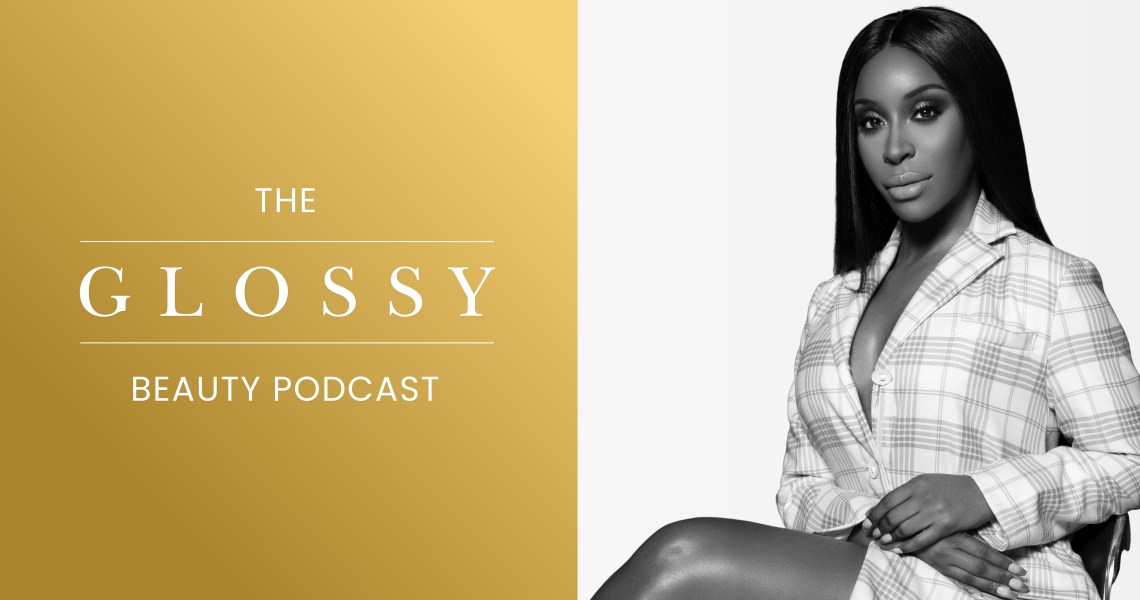Subscribe: iTunes | Stitcher | Google Play | Spotify
When beauty influencer and content creator Jackie Aina got her start on YouTube over a decade ago, her very new, public persona wasn’t something she necessarily wanted to shout from the rooftops.
“If you were a YouTuber in 2009, you were a weirdo,” she said. “People were like, ‘You’re literally talking to yourself and you’re recording the process, so it wasn’t something that I was like, ‘Oh guys, look what I’m doing.'”
Today, Aina has a 5 million-plus social following across platforms. Her take on beauty extends to culture, which is why some of the most-talked-about brands in beauty, like Too Faced and Anastasia Beverly Hills, have come knocking on her door for partnerships.
On this week’s episode of The Glossy Beauty Podcast, Aina sits down with Glossy’s Priya Rao to discuss her social voice, the business of being an influencer and, yes, the Kardashians. Edited highlights below.
The early days of YouTube:
“I did it in my own little world, but [it allowed me to] meet people from all over the country and all over the world who supported me. From the time I started my channel till the time I took it seriously, it was five or six years. People would not expect that because they see what I’m doing now, what I have now, and they think I just woke up and was like, ‘This is where I am now.’ Hell to the no.'”
Ad position: web_incontent_pos1
Recognizing that being a beauty influencer could be a business:
“It took a while for me to have a steady flow of relationships with brands, where they would constantly send me PR packages and where I would have a continuous ongoing relationship with them. 2015 or 2016 was when I started to get those relationships consistently. It was night and day when I started working with a manger, and I remember thinking, ‘Why didn’t I do this so long ago?'”
Developing an audience-specific approach:
“Every platform is different; the way people consume content on YouTube is completely different than Instagram or Twitter. It’s not that you have to be perfect, per se, but [being a beauty influencer] is definitely about highly produced content, because you are competing against millions of other people who want that spot. I would say Instagram is way more highly produced, and there is a lot of controversy talk about FaceTuning, the perfect edits and filters. Then you have Instagram Stories, where I feel like I can walk around wig-less with my wig cap on, and no one cares. There is a whole vibe for what you post on your grid and what you post on your Stories. Twitter is where you go to talk crap, where you let loose and vent. And Facebook is where you have middle-age Midwesterners, maybe the mom of five who doesn’t have time to do all the makeup stuff, but she likes to watch it. A lot of the people who watch my videos don’t even wear makeup, they don’t even care about makeup. They come because they genuinely enjoy the commentary, and sometimes it’s [because] they are living vicariously.”




